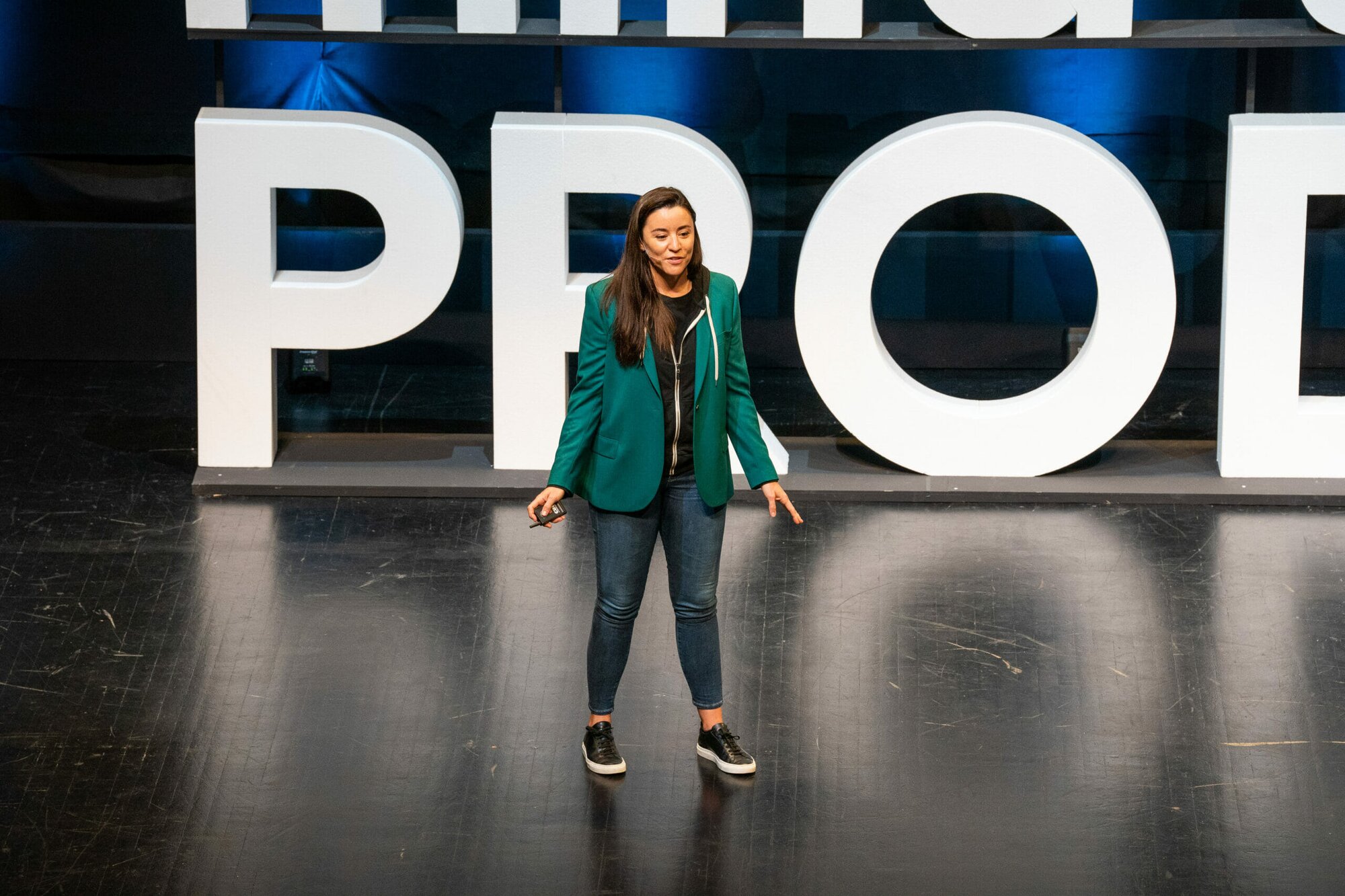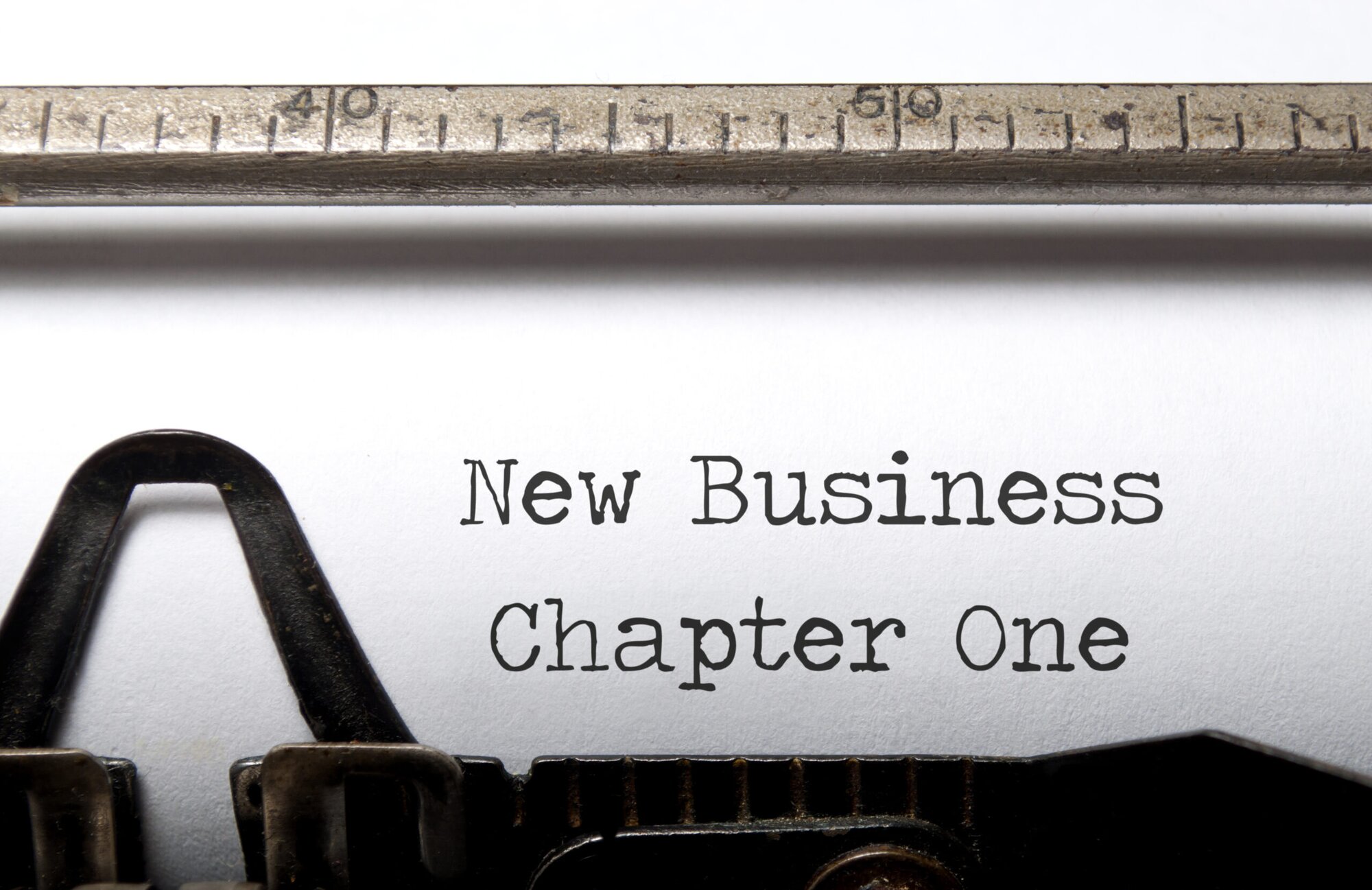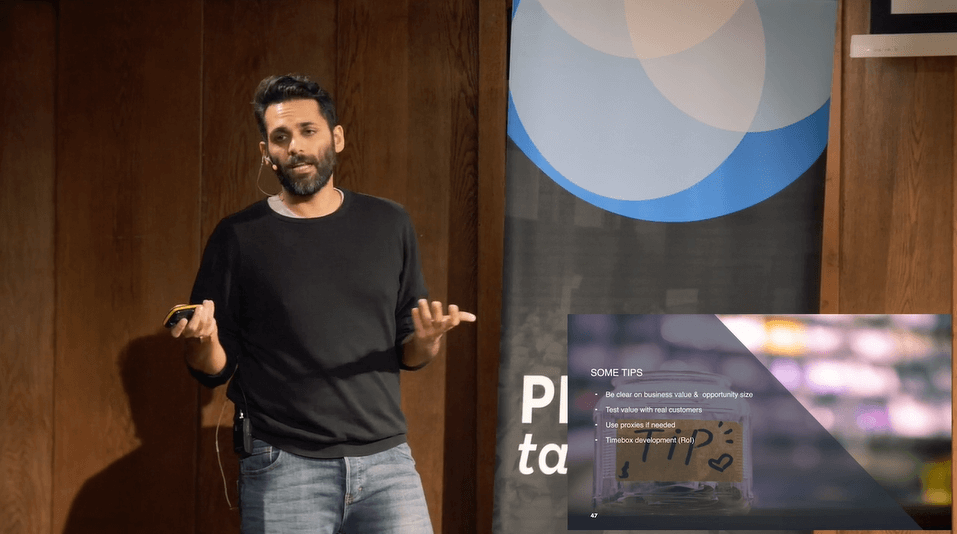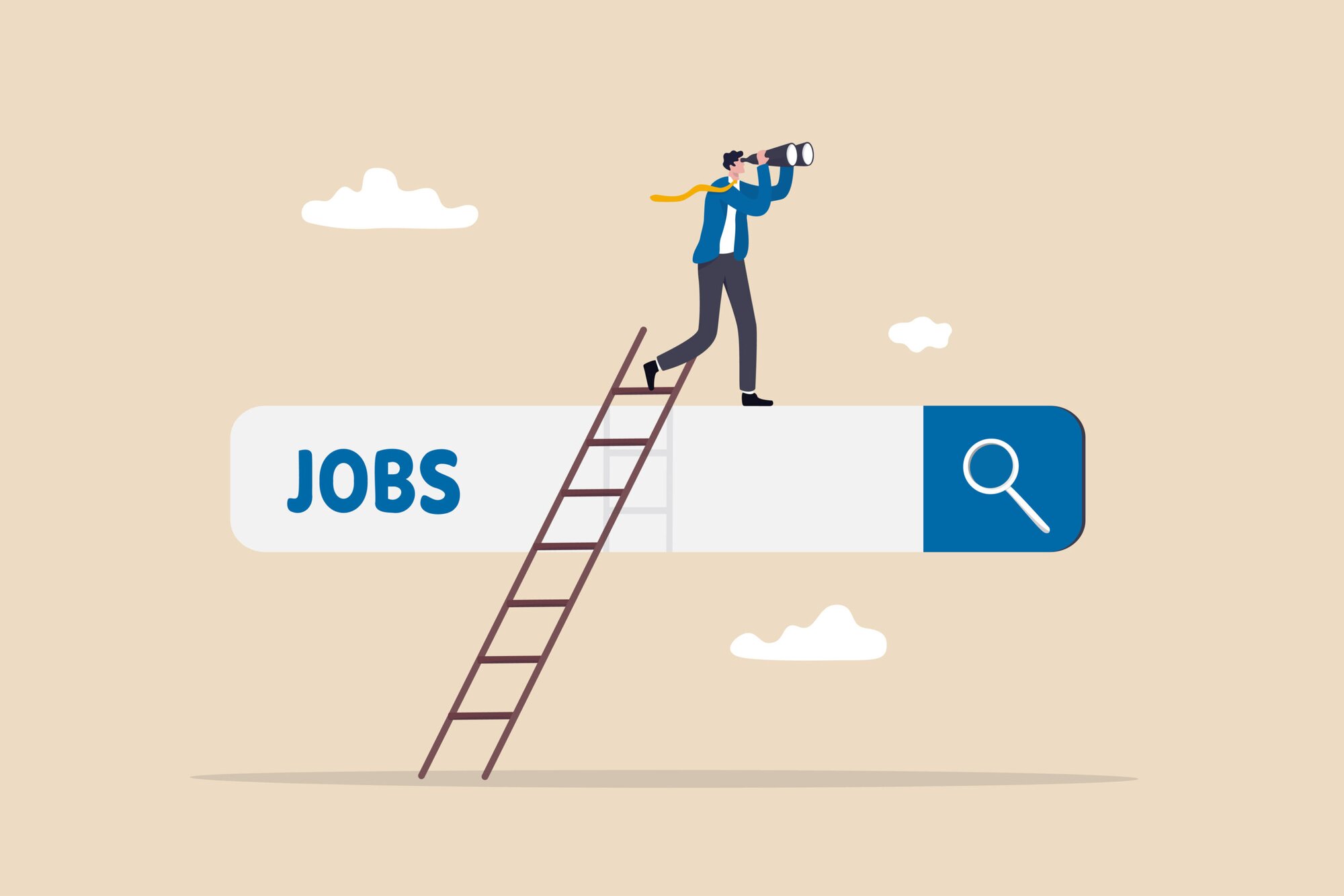TL;DR
- A lot of teams still take a project approach to product development and don’t understand the benefits of continuous discovery
- They don’t practise continuous discovery because they focus on getting their initial discovery right and not on getting started and continually improving
- This means teams don’t build healthy habits and don’t practise talking to users regularly. Then when they do, they’re not very good at it
- Good habits for continuous discovery practices start with product leadership
- Continuous discovery is a sign of an empowered product team
- There are actions you can take to make discovery more of a continuous habit and less of a “big lift”
Discovery—the process of understanding user problems—is a fundamental part of the work of a product team. Every team has to make decisions about what to build and how to build it, and discovery is the work that enables them to do this.
Continuous discovery—the practice of sustained experimentation and ongoing customer conversations to inform product development decisions—is the most efficient means of doing discovery. It means discovery naturally becomes a part of a team’s day-to-day work and that they can cultivate a clear vision based on customers’ problems. There’s nothing new in this concept— Silicon Valley Product Group partner Marty Cagan wrote this article about “the increasing trend” for Continuous Discovery 10 years ago.
Certainly, discovery practices have evolved enormously over the last 10 years, and a lot more teams are running experiments, interviewing customers, testing their assumptions and the rest than a decade ago. But continuous discovery is still one of those product practices where everyone can see the benefits but finds really hard to make happen.
Not part of the day-to-day work
There are a number of reasons for this. It’s very common for a product team to focus on getting the initial discovery right and on launching a product that doesn’t fail, says Shiva Hullinakatte, Senior Product Manager at AT&T. “Instead,” he says, “the focus should be on getting it started, launching, measuring, discovering, and continually improving.”
A lot of teams still take a project approach to product development, says Shubhi Nigam, Senior Product Manager at equity management platform Carta, which helps early-stage companies to raise funds. She says: “Everybody understands what user research is and what user feedback is. But this idea of continuously going with small goals and talking to users is actually not that popular, unless you live in the SaaS world, where feedback cycles are much shorter.”
It’s very easy, adds Mind the Product managing director Emily Tate, to get caught up in your day-to-day and only think about talking to customers when you move on to the next new problem: “The important aspect of continuous discovery is that it helps you build healthy habits within your team. Otherwise one day you realise it's six months since you talked to a single customer.”
Another problem for product managers is that finding users—and then talking to them once you’ve found them—can be tough. It’s natural to be anxious about talking to a user, and even more so if you haven’t done it for a while, says Emily. “Doing good user interviews is a really hard skill. People build entire careers as user researchers, it’s a field in itself. When we as product managers try to dip our toe into user interviews we're not always very good at it. And if you only ever do user interviews once a year then you’ll never build the skills to be good at it.”
Understand the benefits
Shubhi says she finds product managers don't practise continuous discovery because they don't really understand the benefits it delivers. It’s a point that is echoed by Hope Gurion, Founder of consultancy Fearless Product. She says: “New product managers, especially in companies where discovery isn't valued, don't learn why it's a good habit to cultivate.”
Many products fail to make an impact because of a lack of discovery, says Hope. We can probably all name a few. She says she’s seen several product managers, designers, and engineering leads get “frustrated with output-oriented, feature-factory mindsets generating products that go unused or have no demonstrable impact” and look to change their current environment or move elsewhere.
Most importantly, says Hope, if you want to work on an empowered product team, you need to gain experience in practising continuous discovery: “If you want to work on products that create real value for customers, you need to gain experience in practising continuous discovery.”
It starts with leadership
Good habits for continuous discovery start with product leadership. Shiva says that there has to be an alignment at the leadership level about the focus on getting started instead of deep research before starting any development.
As Hope points out, it’s very difficult for individual contributors to change an organisational mindset. Leaders need to be aware that discovery is an essential part of the product team's responsibilities and encourage a culture that values and supports continuous discovery. “Often that only occurs when the company experiences significant dissatisfaction in the status quo, perhaps losing ground quickly to competitors,” she says, which prompts a change in leadership or leadership attitudes.
Cultivating good habits
Here are a few other suggestions from the product leaders we spoke to on ways in which you can cultivate continuous discovery.
Move delivery elsewhere
Shiva says that many product teams spend more time on issue tracking, status reporting, and task management tools such as JIRA and very little time on product discovery. He, therefore, suggests that product delivery moves to someone else's ownership. He says: “I know organisations that have transitioned the product delivery ownership to the Engineering Managers/Product Owners/Technical Business Analysts so that the product managers can focus a major portion of their time and effort on product discovery.”
Use frameworks
Emily says it’s the “big lift” often needed to do discovery that keeps us from doing it regularly. She recommends using frameworks like those popularised by Teresa Torres. Frameworks for continuous discovery are not about how to make the decision, but how to operationalise discovery, she says. “A lot of what Teresa teaches is about the mechanisms and getting the operational side automated and simplified and regular. Then you don't even have to think ‘when are we going to do discovery’ because you’re always doing it. You can do things like automating a pop-up to ask if you’re willing to be interviewed, and then that takes you to a Typeform.”
Teresa is an old friend of Mind the Product and we’ve often covered aspects of her work over the years. For starters, take a look at her 2021 #mptcon Digital APAC keynote Getting to a team-based approach to continuous discovery, her 2017 #mtpcon London keynote Critical Thinking for Product Teams or listen to her 2019 Product Experience podcast episode, Discover everything.
Build relationships
Shubhi recommends you get creative. “You have to build relationships,” she says. “I've seen people do things like setting up product advisory boards, and working with customer support teams to get people to talk to.”
A variety of opinions for discovery is always helpful because products evolve. Says Shubhi: “At the same time, I’ve seen a lot of benefit in having trusted folks that you can go back to who will always give you an honest opinion.” But you have to be aware of the potential for bias in such relationships, she says.
Get creative
She adds that, at Carta, it's not hard to find users to talk to because they’re all founders. “Founders love talking to you. I can email 10 people and six of them will be willing to talk to me. But if you struggle to find users then you have to figure out the best proxy. For example, I’ve worked on jobs where I've worked with medical professionals, who have zero time to give you. In that case, we partnered with nurses and hired medical students who were actively working in a professional hospital environment to do customer discovery for us. Part of their job was to set up focus groups and get answers for us when we had specific questions.”
Set a regular cadence
Like Emily, Shubhi says that a regular cadence and automating discovery processes where possible are extremely helpful. “I have Slack channels I constantly watch for any kind of conversation,” she says, “it doesn’t have to be positive or negative. I also find that automated surveys can be a great source of information.” She tries to conduct between five to 10 interviews a week, saying: “Some of them are by email, and some take time to schedule, it’s only a few hours a week.”
Use a sample area to gain support
Leadership support might be harder to acquire in larger organisations, as Shiva says, it’s likely to be easier in start-ups that are aligned with a product-led mindset. He suggests that in larger organisations that have never done continuous discovery, the teams should build support by taking up a sample area to show how this can be used to launch valuable product features and to prune features that don't meet expectations.
These are all habits that will stand a product team in good stead. As Hope Gurion comments, team decisions are evaluated by the degree to which their products are adopted, preferred and valued by their target customers and the degree to which those products create value for their company. This needs effective discovery. She says: “That's why more and more teams are embracing discovery as a significant part of how they spend their time and leaders create rituals to allow the teams to share what they're learning to inform what they build and how it's performing.”







